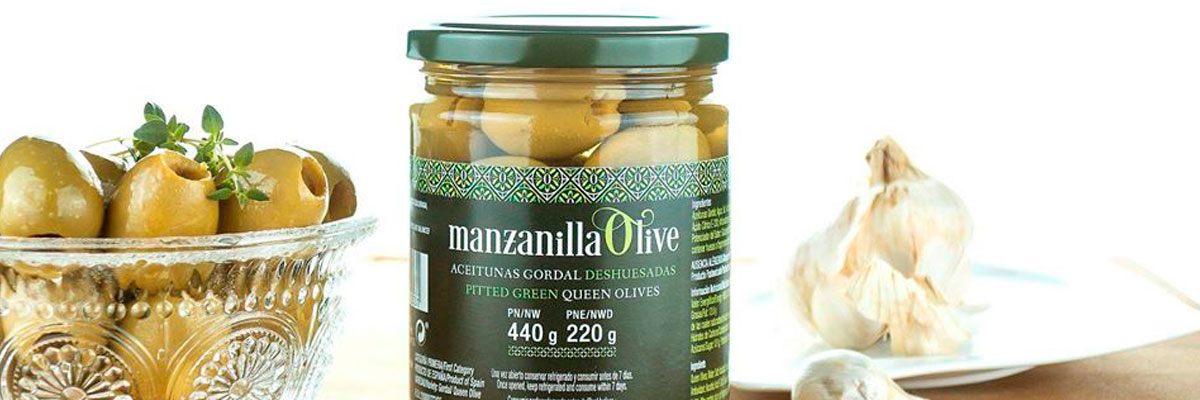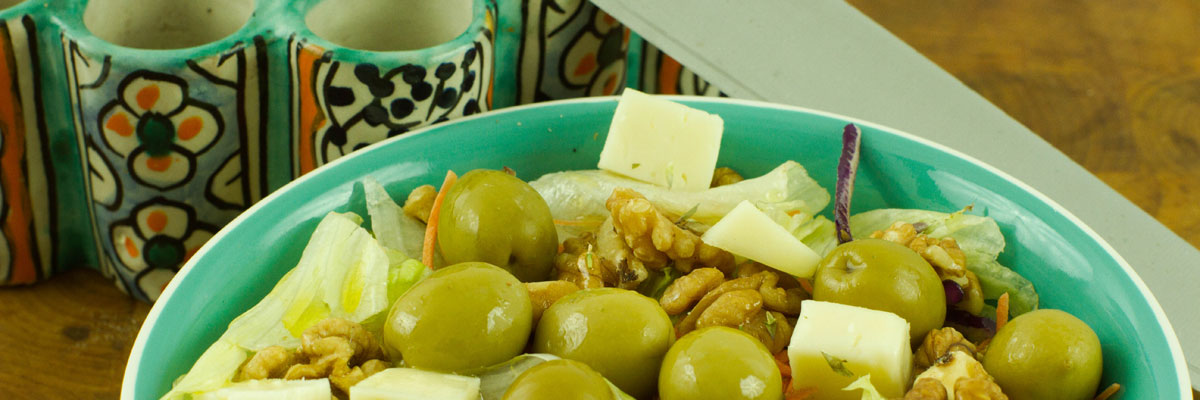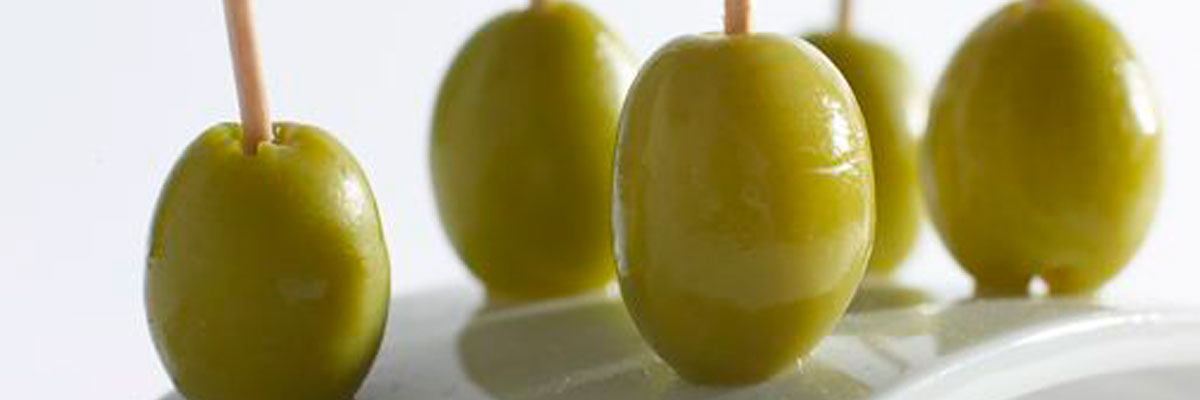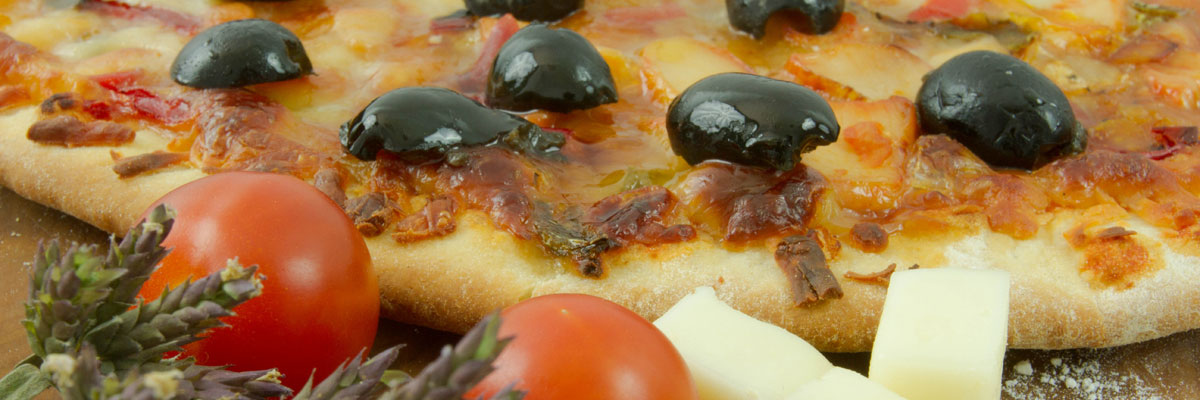Your creative
moment
In traditional agriculture nothing was wasted. Families optimised the resources available in the mountains and the fields by combining, adapting, improvising and improving upon them.
There are a multitude of varieties of traditional dressings that include edible wild and cultivated plants sourced from the mountains and the land. In this way people enhance the olives adding a dash of flavours and colours that allow them to taste their own land and express their link with it. Doing this we receive a series of stimulus that transforms the experience of the food.
Among the most used wild plants to dress olives we can find thyme (Thymbra capitata), rosemary (Rosmarinus officinalis), oregano (Origanum vulgare), fennel (Foeniculum vulgare) and Wild Marjoram (Thymus mastichina). The vegetable patch also provides garlic, lemons, peppers and carrots among others.
There is an alchemist in each house who assumes the responsibility of making the best combination, the traditional composition or new mixtures.
For further information go to the olive dressing section of our recipe page.




